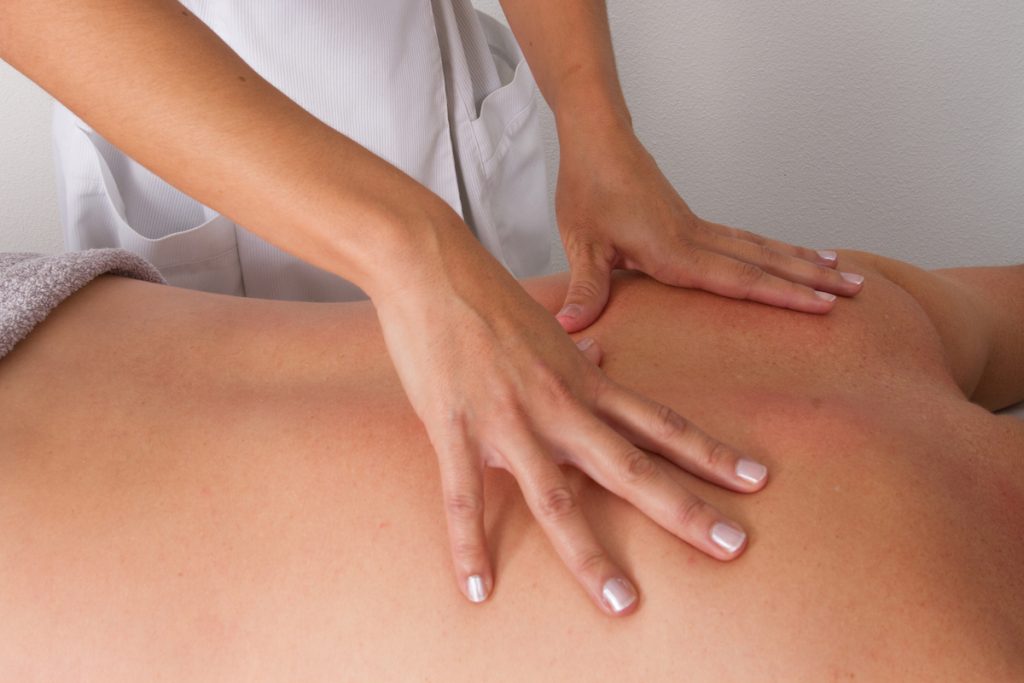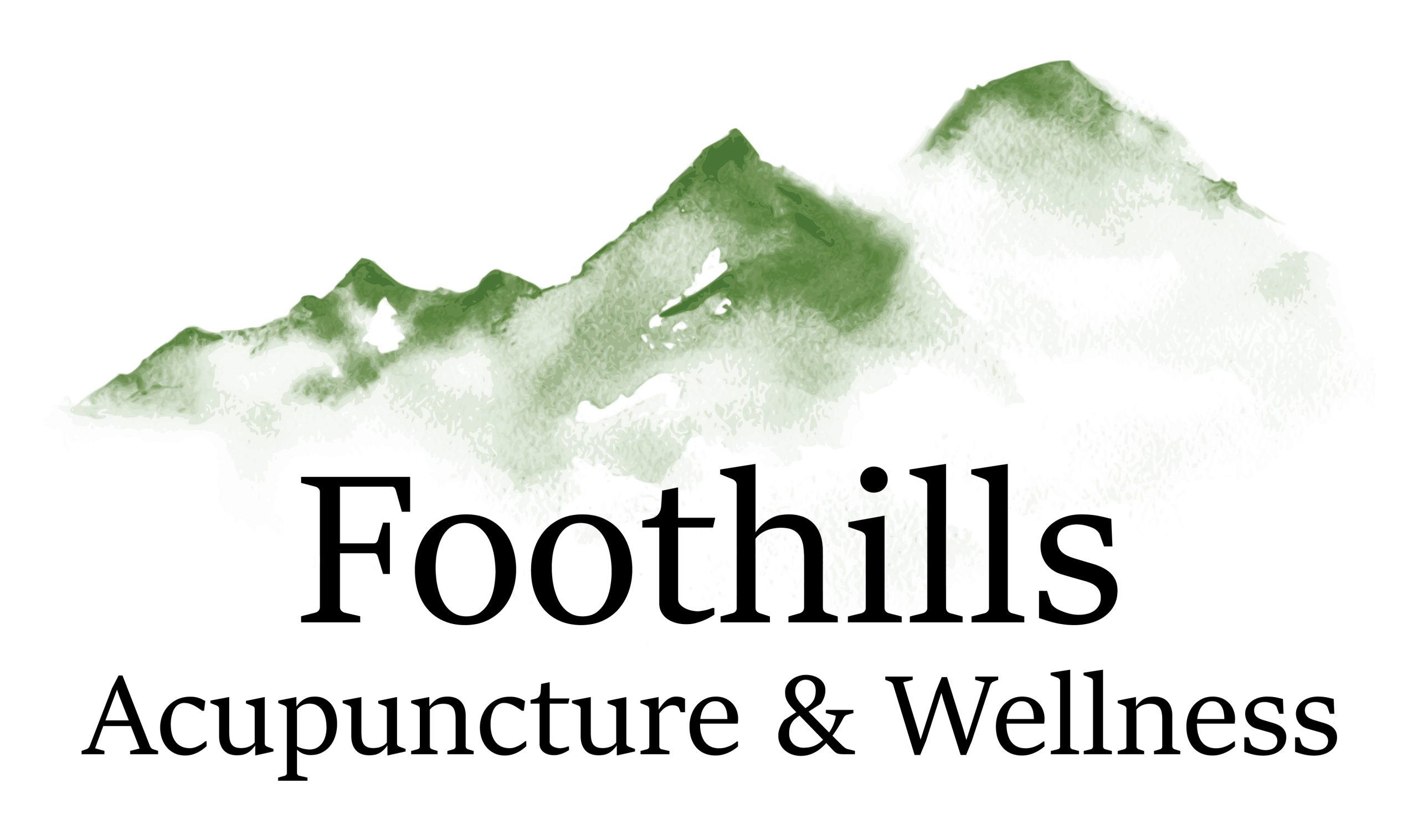 Tui na (pronounced twee-nah) massage originated in ancient China and is one of the oldest systems of bodywork. A typical session of tui na massage may vary from thirty minutes to an hour. Clients remain fully clothed, wearing loose clothing. Tuina methods can include soft tissue massage, manipulation, acupressure in conjunction with herbal compresses, ointments, liniments and heat. The best part of the therapy is that it relaxes as well as energizes the person. The main benefit of tui na massage is that it focuses on the specific problem, whether it is an acute or a chronic pain associated with the joints, muscles, or a skeletal system.
Tui na (pronounced twee-nah) massage originated in ancient China and is one of the oldest systems of bodywork. A typical session of tui na massage may vary from thirty minutes to an hour. Clients remain fully clothed, wearing loose clothing. Tuina methods can include soft tissue massage, manipulation, acupressure in conjunction with herbal compresses, ointments, liniments and heat. The best part of the therapy is that it relaxes as well as energizes the person. The main benefit of tui na massage is that it focuses on the specific problem, whether it is an acute or a chronic pain associated with the joints, muscles, or a skeletal system.
Julie Moose was trained and certified by Dr. Jen Resnick, DAHM. Training included a complete set of skills to treat concepts and techniques applicable to the following:
- Traumatology: soft tissue injuries, osseous injuries, sports injuries,
- Upper limb: bursitis of the shoulder, rotator cuff tear, frozen shoulder, bicipital tendonitis, scapular pain, non-specific elbow pain, tennis elbow, arthritic elbow, injury to tendon sheath of thumb (de Quervain’s Tenosynovitis), Carpel tunnel syndrome, general wrist pain, trigger finger,
- Lower limb: acute/chronic back pain, subluxated sacro-iliac joint, piriformis syndrome, pulled groin muscle, non-specific hip pain, ilio-tibial band (ITB) syndrome, runner’s knee/patellofemoral pain syndrome, torn meniscus, torn ACL, torn ligaments, shin splints, ankle sprain, plantar fasciitis, morton’s neuroma, achilles tendonitis, heel spur
- Internal: coronary artery and heart disease, asthma, dysmenorrhea, fibrocystic breast disease, hypertension, regulation of thoracic outlet and pleural dome, diaphragm


